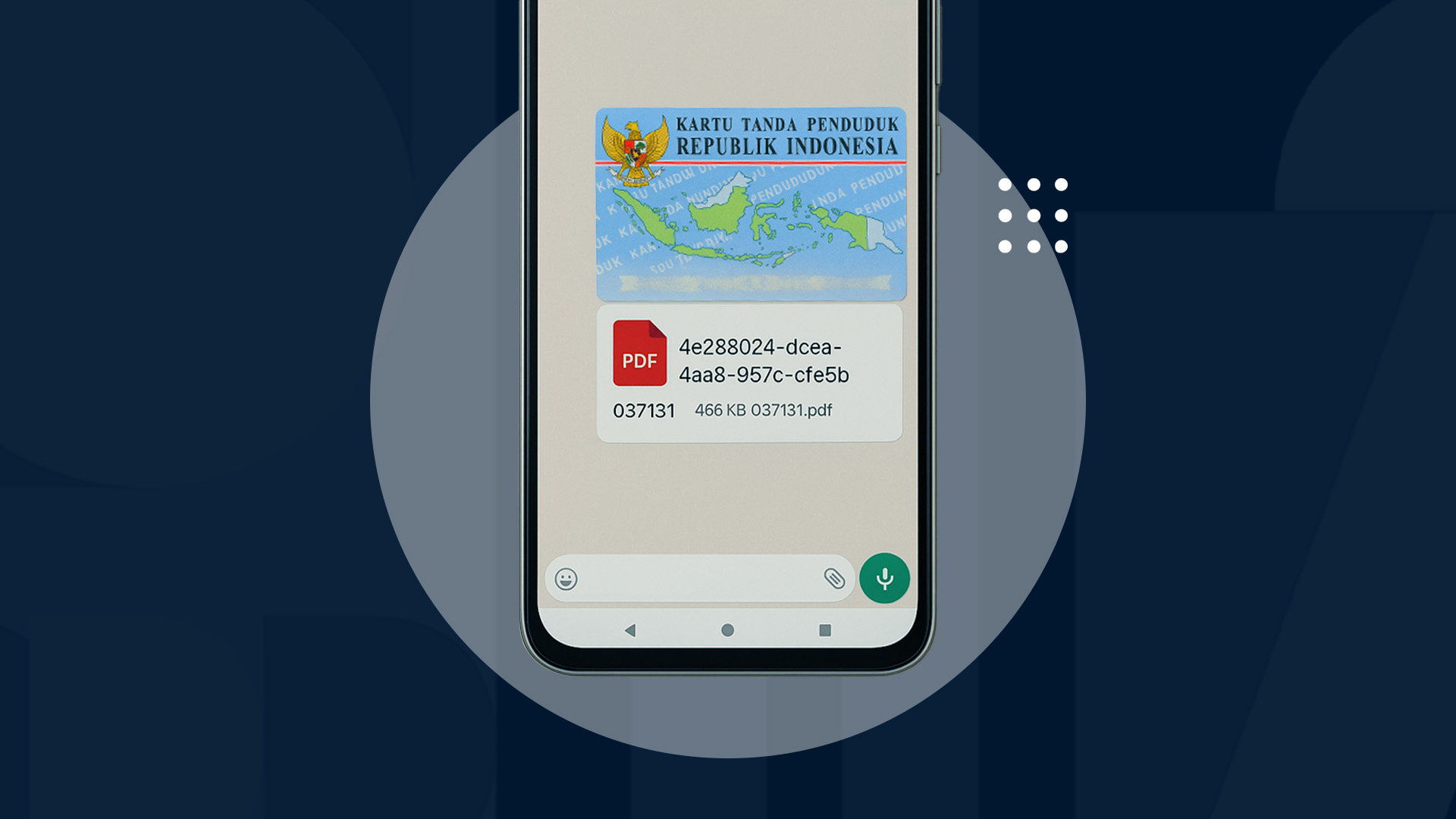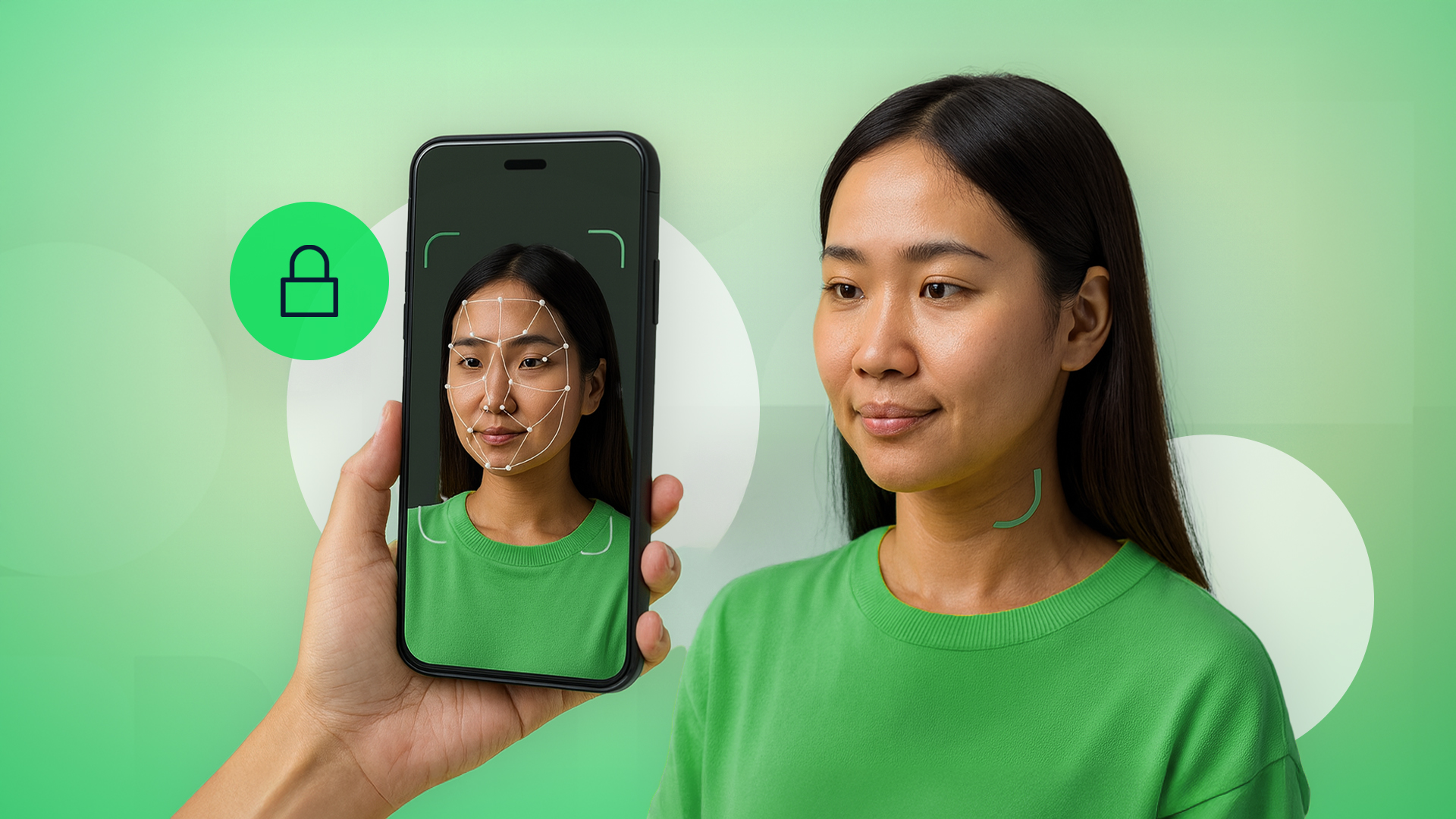According to data from the World Bank in 2021, around 51% of Indonesia's population remains unbanked, meaning they lack access to financial services. As an archipelago, Indonesia faces logistical and access challenges in providing financial services across its vast territory.
According to the Global Findex 2021 survey, 66 million adults in Indonesia do not have a bank account, meaning more than 25% of the adult population is disconnected from formal financial services. Imagine 66 million people unable to access loans, insurance, or investments, hindering their ability to grow businesses, improve their well-being, or handle emergencies. With these limitations, these 66 million individuals are forced to rely on risky informal services, worsening economic inequality.
The use of digital identity plays a role in financial inclusion. But what about the potential for identity fraud? Let's dive into the article!
What is Digital Identity?
The World Bank defines digital identity as a person's credentials and attributes stored digitally. In essence, digital identity is a representation of a person's identity in electronic form, used for various online activities such as identity verification, financial transactions, and access to public services.
According to the World Bank, digital identity includes the following key components:
1. Biometric Component
The use of facial features, iris patterns, or fingerprints captured electronically to authenticate identity.
2. Digital Database
Replacing paper files with electronic identity data records, reducing costs, increasing efficiency, and protecting information from disasters.
3. Digital Credential
Issuing digital tokens that track health records, financial information, and social benefits once identity information is verified.
4. Interoperability Standards
Ensuring seamless and secure data exchange across systems and platforms.
5. Application Access
Digital identity grants access to health, education, banking, and other social services through digital authentication.
In the context of financial inclusion, digital identity is crucial because it allows individuals who previously lacked access to banking services to verify their identity online. This advantage removes the need for physical verification, which often presents a barrier for communities in remote areas.
Benefits of Digital Identity
Imagine a woman living in a small village in East Nusa Tenggara. She dreams of starting her own weaving business. However, she has never set foot in a bank and lacks the complete documentation needed to open an account. Like millions of other Indonesians, she is excluded from financial services due to these difficulties.
This is where digital identity plays a role in helping individuals achieve the benefits of financial inclusion. Through verification using just her ID card and face, this woman can overcome the barriers of distance, complicated documents, and time, gaining access to banking services and loans.
However, without secure identity verification, the very system designed to empower people like her can become a target for fraud, risking their finances and future. This makes secure identity solutions crucial to realizing truly inclusive financial services.
From the story above, here are the benefits of digital identity for accessing financial services, as cited from Taylor Wessing:
1. Easier Onboarding Process
Digital identity simplifies and speeds up the onboarding process by eliminating the need for physical verification. In the past, prospective customers had to visit a bank, bring several documents, and wait in line. But with digital identity, opening a bank account can be done quickly.
2. Increased Security
Digital identity enables more secure user authentication. A combination of digital documents such as ID cards and biometric data provides stronger protection against identity fraud.
Read also: How Financial Services Can Reject Stolen Personal Data
3. Safer Operations
Digital identity verification minimizes human error, making it more reliable for Know Your Customer (KYC) and Anti-Money Laundering (AML) processes.
4. Economic Empowerment
By providing a secure and verifiable means of identification, financial institutions empower individuals within the formal economy, contributing to increased financial inclusion.
According to data from Indonesia’s Financial Services Authority (OJK), the number of beneficiaries from P2P lending services has grown rapidly in recent years, with digital identity technology being one of the driving factors. This shows that financial inclusion through technological innovation is increasingly possible in Indonesia.
How VIDA Secures Digital Identity
Digital identity must be protected with technology that can prevent identity fraud. Through VIDA Identity Stack, VIDA provides an end-to-end solution that ensures every aspect of the identification, authentication, and fraud prevention process is conducted safely and efficiently.
1. Identity Verification: The Foundation of Digital Identity
VIDA's Identity Verification is the initial step that ensures only legitimate individuals can access digital services. This technology uses face liveness, document liveness, and income verification to ensure fast but accurate verification.
2. User Authentication: Securing Access with Biometric Technology
After identification, the next step is to ensure that legitimate users continue to have secure access to their accounts. VIDA’s User Authentication system replaces passwords with biometric authentication, making it immune to social engineering attacks.
3. Fraud Detection: Preventing Fraud with Advanced Technology
Digital fraud is rapidly evolving, with deepfake attacks being a notable example. VIDA’s liveness detection technology can detect suspicious patterns during KYC and transactions, as well as prevent injection attacks.
Read also: Understanding Injection Attacks
Digital identity plays a vital role in fostering more inclusive finance. However, its security should not be overlooked. The security of transactions is key to gaining customer trust. When customers trust a financial service, it opens up broader access to financial opportunities.
Learn more about VIDA Identity Stack here: https://vida.id/wtf-whitepaper
.png)
.png)


